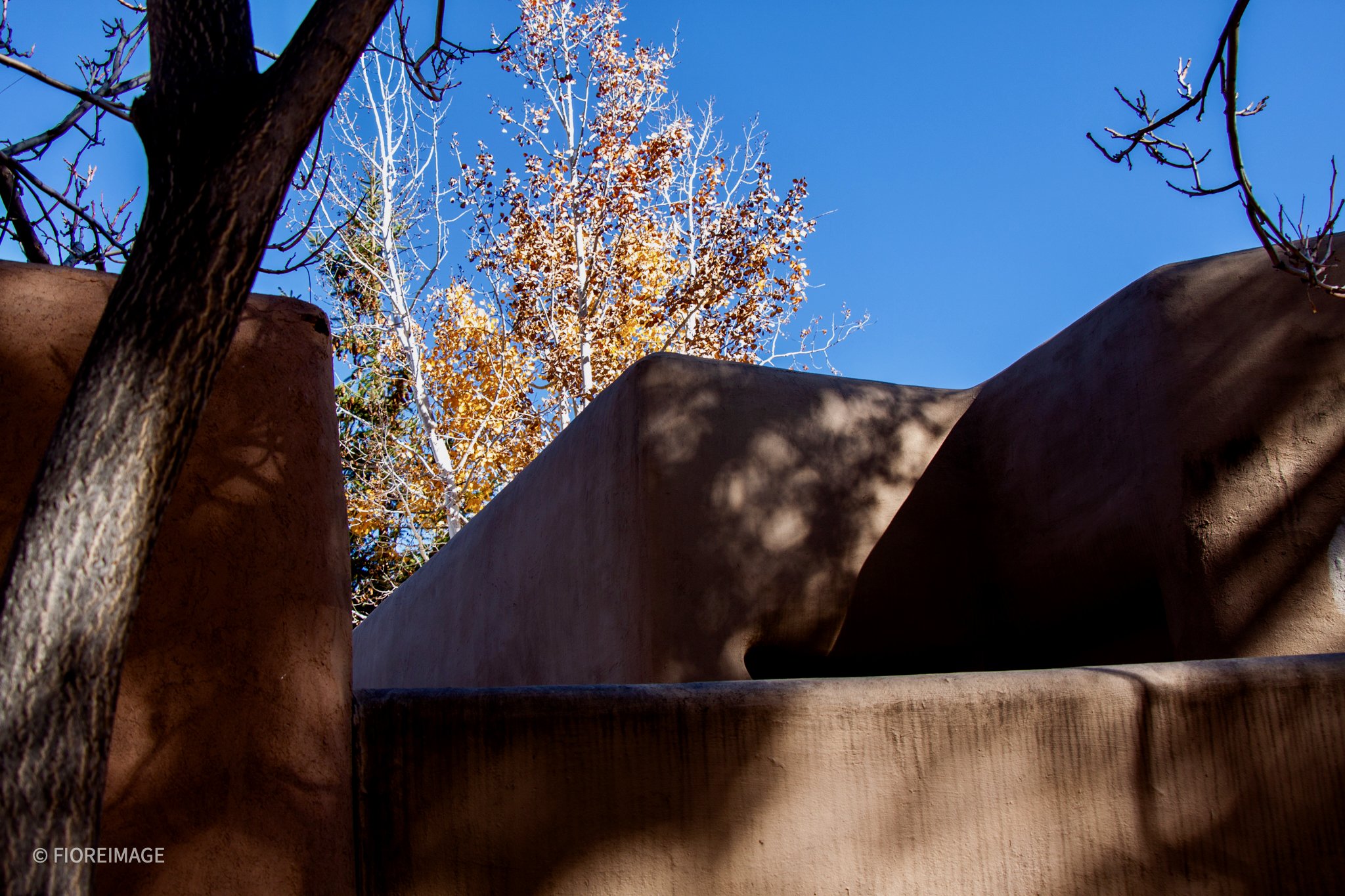The location of your professional video matters. When you’re planning out your content, consider what the location tells your audience. It’s vital that you scout out the location in advance. Head to it, see how viable it is as an option, and look into particulars, such as background noise. Ensuring that these things are on point will help you along the way. As a bonus, you may choose to do a “test shoot” to see how the location looks on camera.
Ciao
Fiore
Photo by Fiore: Santa Fe, New Mexico
www.fioreimage.com
#Fioreimage #Videographer #SantaFeVideographer #InternationalVideographer #Filmmaker




















